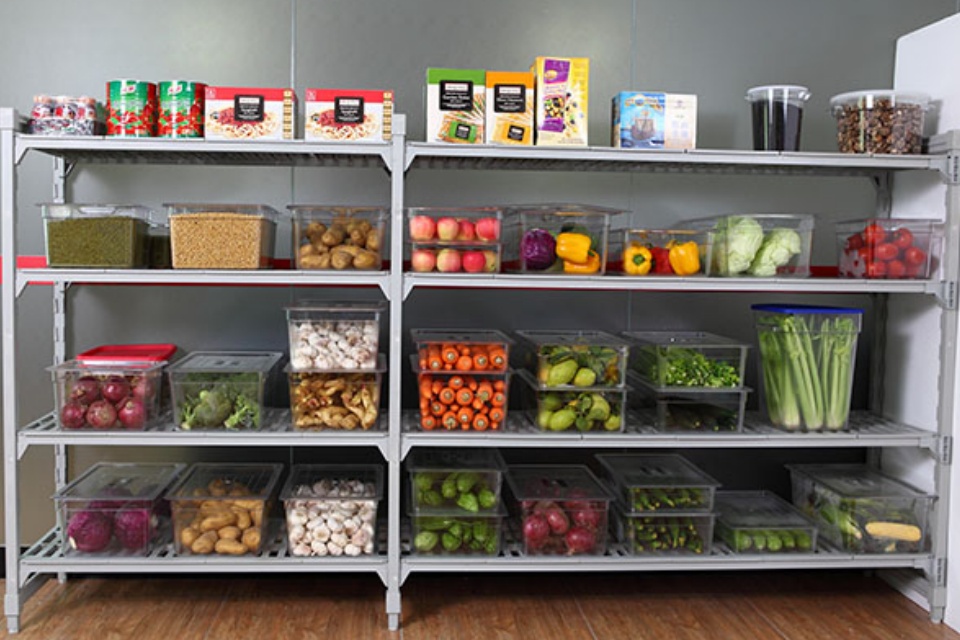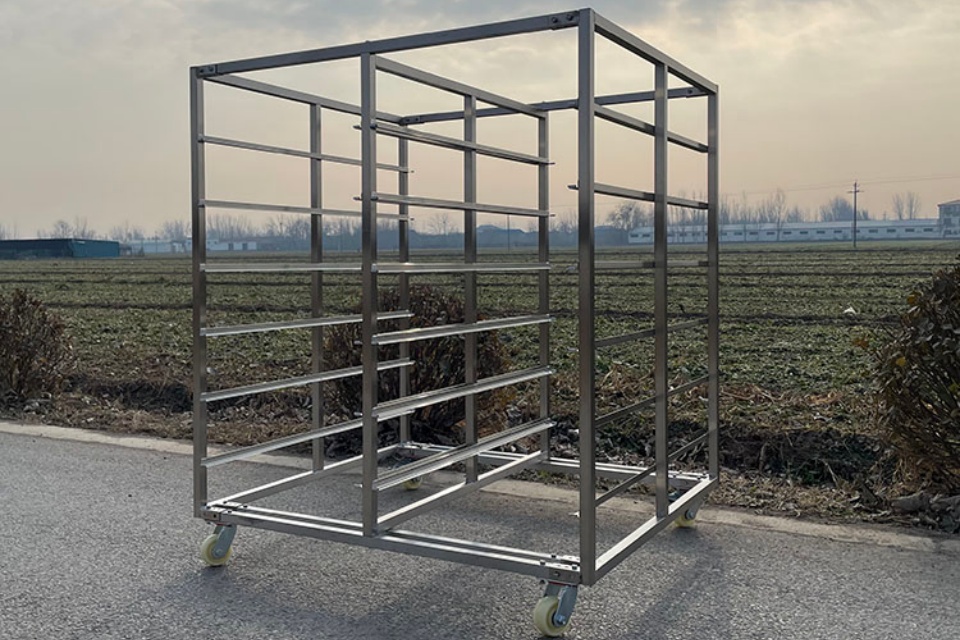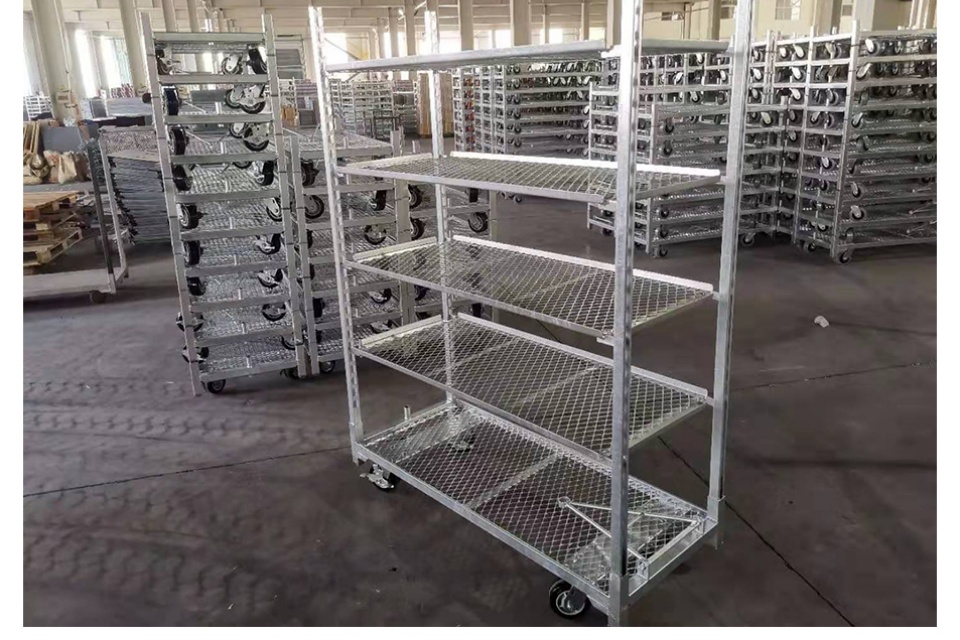



Choose SMT feeders with confidence: match carrier to parts, plan widths and pitch, speed changeovers, add traceability, and keep kitting tidy with QIAO support.
You don’t pick an SMT feeder once. You pick it again every time the product mix shifts, a new package sneaks into the BOM, or the takt target tightens. Let’s keep this simple, hands-on, and real. I’ll walk you through the core choices (with examples), call out common traps, and give you quick tables you can print and slap on the line. I’ll also show where storage and kitting flow matter—yes, even down to the racks and totes your team uses.
TL;DR: Match feeder type to packaging, size for today and next year, insist on fast changeovers and traceability, and plan for kitting + storage so operators don’t trip over reels. QIAO can help you spec and standardize across lines.
SMT components arrive in different carriers. Your feeder must match that carrier, and it must feed at the rate your heads can place—without drama.
You’ve got a high-mix NPI day with five boards. Three use 8 mm tape passives, one adds 16 mm connectors, and the last board needs a tray-only MCU. If you try to force that MCU into a tape workflow, you’ll burn time on splicing and rework. Pick the right feeder and park a dedicated tray slot near the vision sweet spot.

Don’t just look at what you build today. Look at engineering samples, ECOs in the pipeline, and the “oh btw” parts your sourcing team is circling.
High-mix means changeovers can kill OEE. Intelligent feeders (ID chips, location tracking, reel data, auto pitch) pay back fast:
Tiny passives (0402 and below) are unforgiving. Big QFPs and modules are heavy. Your feeder needs consistent peel-back, stable advance, and clean presentation to vision:
If the MCU in tray feeds great but your 0201 resistors in 8 mm tape keep chattering, you’ll chase placement errors all week.

Even within the same OEM, feeder generations vary. Firmware does, too. Before you buy:
Feeder choice is only half the story. Reels, trays, paste, stencils—everything must be easy to find, safe to handle, and fast to move. Good storage cuts hunt time and changeover stress. For cold environments (paste, certain consumables), sturdy shelving helps keep the logistics clean.
You can kit reels and trays neatly on cold storage room components that don’t sag under weight, and stash temperature-sensitive items on walk-in freezer wire shelving to keep the flow tidy. It’s not glam, but it saves minutes every changeover. For general layouts, browsing the products gallery helps your team point to exact shelf styles. If you need something special for an awkward corner or cart height, check non-standard wire shelving options. When line-side operators ask for a sturdier pick bin, you can spec a freezer wire basket to keep reels and tubes organized. And for staging near fridges or coolers, a commercial refrigerator wire shelf keeps things consistent.

| Criterion | Why it matters | What to check | Good sign during trial |
|---|---|---|---|
| Carrier type (tape/tray/stick) | Jam-free feed and pickup | % of BOM by carrier; MSD handling | Smooth advance, no pocket bounce |
| Tape width & pitch | Fewer swaps, faster setups | 8–56 mm coverage; variable pitch | Same feeder handles your top 90% |
| Changeover speed | OEE on high-mix days | Load time, offline kitting, cart design | Load/unload feels like seconds |
| Traceability & error-proofing | Fewer wrong reels, fewer stops | Feeder ID, slot mapping, alarms | System flags misloads instantly |
| Size coverage | Stable pickup and vision | Smallest and largest parts on BOM | Clean vision hits across sizes |
| Platform compatibility | No adapter nightmares | Model/series + firmware list | OEM confirms in writing |
| Kitting & storage | Less hunt time | Layout, carts, shelving | Parts flow from rack → cart → slot |
| Component packaging | Typical feeder | Notes from the floor |
|---|---|---|
| 8 mm paper/plastic tape (0402–1206) | 8 mm tape feeder | Workhorse lanes. Watch cover-tape peel. |
| 12–24 mm tape (connectors, modules) | Matching tape feeder | Ensure pitch options. Verify pocket depth. |
| 32–56 mm tape (big modules, shields) | Wide tape feeder | Fewer lanes, plan the slot locations early. |
| JEDEC tray (MCUs, BGA, QFP) | Tray feeder | Slower, but gentle. Mind pickup Z-height. |
| Stick/tube (SOIC, odd-form) | Tube feeder | Stable but older; confirm advance reliability. |
Pro tip: build a standard lane map (by width) that operators can memorize. Less thinking, more building.
I won’t toss figures here, but let’s be clear about what actually costs you:
Focus on reducing stops and surprises. That’s where the money hides.
Use this before you place an order:
QIAO can help you standardize feeders across machines, pick the right intelligent options, and set up the physical flow—carts, totes, and the racks that keep reels and trays where operators expect them. Pair that with Custom Wire Shelving Manufacturing Services thinking: corrosion-resistant finishes, tailored sizes, and fast lead times mean your kitting area grows with the product mix, not against it. If you want ODM/OEM tweaks for racks or carts to match your feeder lane map, that’s exactly the kind of customization QIAO supports.
Pick feeders for your mix, not the brochure. Keep changeovers short, traceability tight, and storage tidy. Do those three, and your line just… works. Not perfect, but better every week. And that’s the point.